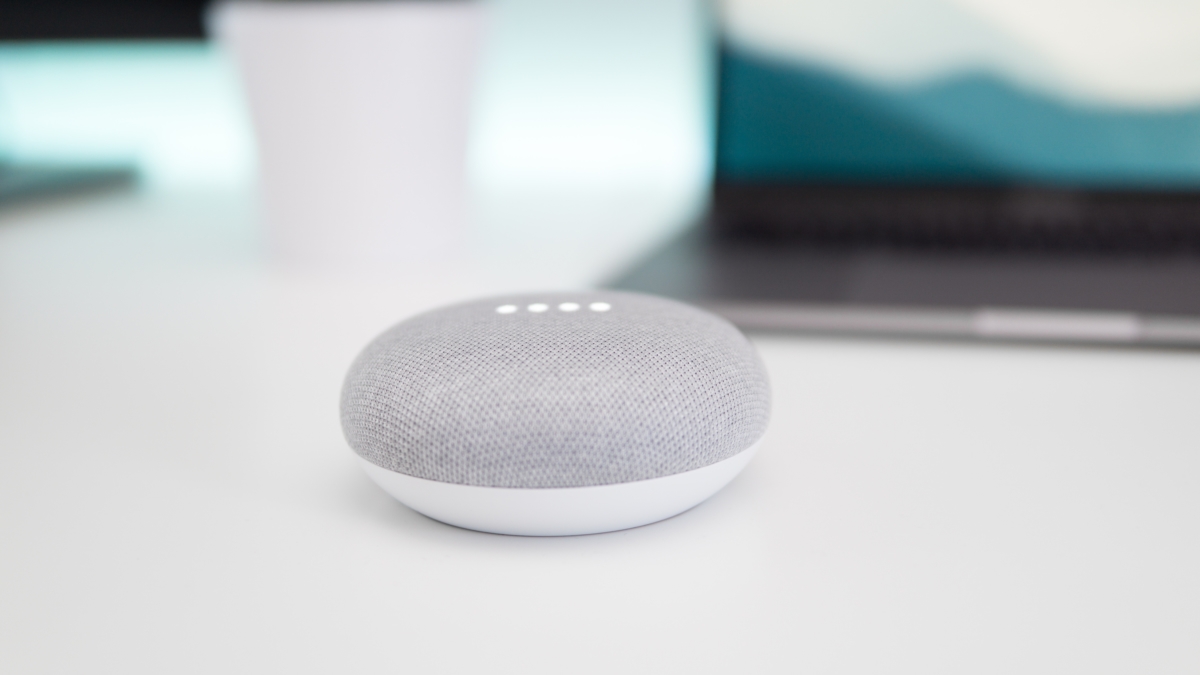Are your ads lacking creativity? Then it’s time to embrace dynamic features in your Google Ads campaigns.
In this blog, we cover how you can implement two popular dynamic features into your campaigns – dynamic keyword insertion and countdown timers.
Voice search: the future of SERPs?
If you think voice search is just a gimmick, think again. According to the Comscore, half of all online searches will be made through voice in 2020.
So, with the use of voice search on the rise, now is the time to lay foundations for a strong voice search strategy.
What is Voice Search?
Voice Search is a tool that allows users to search through speech rather than by typing a query on a desktop or mobile device. As the trend for voice search increases, queries must adapt to reflect the style of language used for voice search.
How to Optimise for Voice Search
Voice Search is more conversational and natural than searches made by typing in one or two keywords. So, whilst a user might search for ‘best restaurant in Manchester’ using google on their desktop, they’re more likely to a ask this as a question – ‘which are the best restaurants in Manchester?’ when conducting a voice search. This means that voice search queries are longer than typical keyword search queries.
Target conversational search terms
To optimise for this change in search queries, businesses should target more long-tail keywords on their websites. When carrying out keyword research, it is important to consider more conversational search terms and to think about how people talk and ask questions. Think about the questions that customers ask when they call your business and make a note of the queries that you receive. If there are common queries then it would be useful to start targeting them on the website for your business by creating articles in the blog section with the long-tail keyword being the main focus.
Featured Snippets
It is common for a business to focus on ranking first in the search results, however, this can be very difficult to achieve in a competitive market. Aiming to answer long-tail keywords within your content will also help to obtain a Featured Snippet. Additionally, making small changes such as stating and answering a question consicely, including bullet points and tables will help to gain a feature snippet for a given search query. This can be more valuable than ranking first as this content will be above every other search result.
Create FAQ pages
Most businesses have FAQs pages on their website – which is great news. FAQs pages are a strong way to target conversational terms that are likely to be popular voice searches. And they’re really easy to set up. Try focusing on question words such as Where, How and What as to target relevant question-based searches. What do does the business do? What are the main opening hours? A sports clothing retailer might sell running trainers and these pages could have an FAQ section where common questions can be answered. But don’t just stick to questions directly related to your business – branch out to common queries. For example, Search terms such as ‘What are the best running trainers for wet weather’ can be targeted along with a list of recommendations.
Google birthday update: has your site been affected?
Google has confirmed that a small algorithm update occurred on the 27th September to coincide with Google’s birthday. It has been described as being smaller than the update that took place in August, as experts report that it has not impacted as many websites as the August update.
It is important to be aware of and monitor Google Algorithm updates because they can lead to significant changes in traffic levels.
How do I check if my site has been affected?
Tracking tools such as SEM Rush help to identify if traffic levels have seen a positive or negative change. If no change is identified, then It is also possible that this recent update hasn’t had any impact on your website – which can only be seen as a positive.
As always, there are varying opinions on the impact of the update. Several industry experts are questioning whether this update has been a reversal of the “Medic” algorithm update that occurred in August, as some websites have experienced positive impacts.
lost 50% on organic traffic after Google Birthday update 27 Sep never ever did anything wrong and followed the guidelines. Our content is unique, website is fast, SSL, Mobile etc. This is just insane! Why Google? sites that rank better now are spammy with very bad quality content
— Antonio Pires (@cinepires) 13 October 2018
More examples of the “small update” we saw starting on 9/26. 🙂 Not so small for the sites impacted. Again, seeing impact across verticals, including health/medical (some big swings there), ecommerce, games, how-to, entertainment, coupons, and more. pic.twitter.com/wc41FjxqFW
— Glenn Gabe (@glenngabe) September 30, 2018











